In a country where daily commutes are often marred by traffic, pollution, and unreliable transport, VIR Mobility is rewriting the rules of how India moves. Founded in April 2024 by Ravi Kumar, Rahul Gurung, and Sahil Uttekar, this Pune-based startup is driven by a compelling mission—to make mobility accessible, sustainable, and deeply Indian.
Awarded a government grant under the Startup India Seed Fund Scheme, VIR Mobility has been recognised for its product innovation and social impact in the electric mobility space. With every component designed and manufactured in India, the company blends innovation with frugal engineering to deliver robust, affordable e-bikes tailored to Indian roads and realities. By studying commuting patterns and behavioural trends, they aim to create products that are not only functional, but meaningfully integrated into India’s evolving transport ecosystem.
In this conversation with TheCSRUniverse, co-founder Sahil Uttekar opens up about how personal experiences in rural Konkan and urban gridlock shaped their vision, why "Make in India" is at the core of their ethos, and how products like the foldable V4 Trooper and initiatives like VahanScore are not just about transport—but dignity, livelihood, and responsibility. From forging B2B partnerships to building a culture of cycling through community engagement, Sahil shares how VIR is not just manufacturing bikes, but enabling behavioural shifts toward cleaner, smarter mobility.
Q&A
Q. What inspired you and your co-founders to launch VIR Mobility? How did your personal experiences shape this vision?
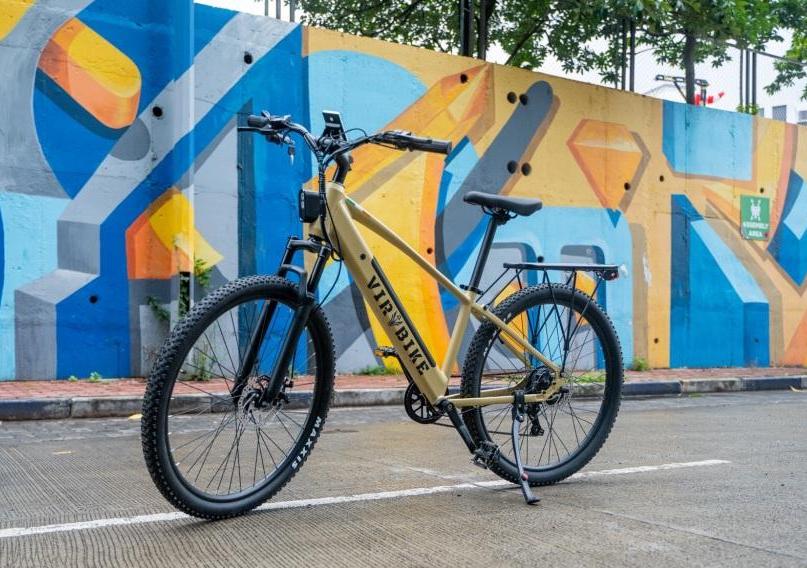 A. VIR Mobility really grew out of our own lived experiences and frustrations. All three of us grew up in Army cantonments and rural Konkan, where even going 4 to 5 km for school or essentials was a real challenge especially for girls and the elderly. We saw how the lack of safe, dignified transport limited choices and opportunity.
A. VIR Mobility really grew out of our own lived experiences and frustrations. All three of us grew up in Army cantonments and rural Konkan, where even going 4 to 5 km for school or essentials was a real challenge especially for girls and the elderly. We saw how the lack of safe, dignified transport limited choices and opportunity.
Ravi had a very personal turning point. Living in Bangalore, he was spending hours stuck in traffic every day, feeling exhausted and demoralised. Out of frustration, he dug out his old cycle and started commuting. It was faster not waiting at signals or hunting for parking. But more than that, he felt healthier, clearer, and less stressed. When he shared that experience with us, it really clicked.
Rahul brought another crucial dimension. He had deep experience in mechanical systems and manufacturing BLDC motors. He understood how to make things reliable, manufacturable, and truly suited to India’s tough conditions. His factory mindset was vital for taking any idea from concept to something that would last on our roads.
My own background was in EV retrofitting. I’d spent years learning how to adapt petrol bikes, understanding batteries, controllers, and the real-world challenges of making EVs work here.
Together, we realised the humble cycle had huge potential but it needed to be effortless, reliable, and inclusive to work for India. That’s why we set out to reimagine it as an electric cycle affordable and designed for real Indian roads, so mobility could be a source of dignity and opportunity for everyone.
Q. VIR Mobility places a strong emphasis on ‘Make in India’. Why is this so important to you, and how did you approach it?
A. For us, ‘Make in India’ was never just a slogan. It was a promise we made to ourselves when we first started talking about this idea. We’d all seen what imported solutions looked like built for European streets, not for India’s dusty lanes, monsoon rains, or crowded cities.
We chose to build locally because it’s about more than supply chain efficiency. It’s about empowering communities. I still remember visiting small factories in MIDC, seeing workers take real pride in building something with their hands. That’s dignity. That’s ownership.
Local sourcing and assembly also give us tighter control over quality. We’re not just assembling CKD kits. We work with Indian vendors face-to-face, solve problems on the shop floor, and ensure that the product is truly adapted to India.
Designing for India means thinking about everything from IP65/67 ratings that keep bikes safe in monsoons to rust-proof aluminium frames that last longer in humid climates. It means building something that doesn’t just work in India but belongs in India.
Q. VIR Bike has features like IP65/67 ratings and Type-C connectors. How do these innovations address India’s real commuting challenges?
A. These features weren’t dreamed up in a conference room; they were born from conversations with real riders on real roads. One moment that stuck with me was talking to a delivery worker who told me he wrapped his e-bike’s battery in a plastic bag during the monsoon. That image really hit home here was someone whose livelihood depended on this vehicle, but he couldn’t even trust it to survive the rain.
Another time, in a small town, I watched a local mechanic open up a competitor’s e-bike controller and frown at the bird’s nest of unlabelled wires. He told me, “Sir, ek galti aur pura jal jayega” (“One mistake and the whole thing burns”). That’s when it clicked that repairs in India often happen far from brand showrooms. They happen in tiny workshops by people using basic tools.
So when we talk about IP65/67 ratings, it’s not a marketing gimmick. It’s the difference between being able to deliver groceries during a downpour or losing your earnings for the day. It’s about giving riders the confidence that their bike will work reliably, no matter how harsh the monsoon or how dusty the roads.
The universal Type-C connectors were another deliberate choice. They’re intuitive, safe, and compatible. A local mechanic shouldn’t need a PhD to replace a controller or fix a cable. With our design, they don’t. It reduces errors, prevents fires, and lowers long-term ownership costs.
For us, every feature was about respect for the rider, the mechanic, and the unique challenges of India. It’s not about flashy specs on a brochure. It’s about making sure the bike works beautifully where it matters most: in people’s real lives.
Q. How does the VahanScore initiative reflect VIR Mobility’s approach to responsible commuting?
A. VahanScore is honestly something that grew out of my own failings. When I first started retrofitting petrol bikes into EVs, I’ll admit I rode like an idiot. The quiet, instant torque felt amazing, but it also made it dangerously easy to overspeed. No noise, no heat, no sense of limits.
That experience really stuck with me. As EVs become more accessible, especially for young riders, that temptation is going to be everywhere. We didn’t want to just hand people faster, cheaper mobility without thinking about the consequences.
That’s where VahanScore came from. It’s our way of encouraging riders to think about how they ride—not just where they’re going. It tracks behaviour and rewards safe, responsible riding habits. Imagine a future where showing your VahanScore can get you better insurance rates or even unlock loyalty rewards. That’s what we’re working toward.
But beyond the tech, it’s about culture. I’ve spoken to college kids who see e-bikes as cool, aspirational tools. That’s great but let’s also make responsibility aspirational. Let’s make it something to brag about, not avoid.
In the end, VahanScore isn’t just about protecting riders. It’s about protecting everyone who shares the road with them. It’s our way of making sure electric mobility doesn’t just replace fossil fuels it actually makes our cities safer and better.
Q. Affordability is crucial in India. How did you balance quality with a price range of ₹25,000–₹70,000? What role do finance and B2B channels play?
A. Affordability wasn’t just a nice-to-have for us. It was the foundation. I’ll never forget a visit to a school in Konkan where parents hesitated over buying a ₹5,000 cycle for their kids. That’s India. That’s the reality we had to design for.
We knew if we wanted our bikes to truly serve people, they couldn’t be luxury gadgets. They had to be durable, reliable, but also realistically priced. That led us to a frugal engineering approach. Aluminium frames instead of steel not because it’s fancy, but because it’s rust-free, lightweight, and lasts longer.
Our batteries are designed for real-world Indian use cases, long commutes, heat, power cuts. Electronics are simplified but robust. Universal connectors mean cheaper repairs anywhere. We cut out flashy, unnecessary features that only add cost without adding real value.
But price alone isn’t the whole barrier. Many of our target riders can’t pay upfront. That’s why we worked so hard to build partnerships offering no-cost EMIs. It’s not just a sales tool. It’s a way to include gig workers, students, and women in rural belts.
Our B2B partnerships also played a huge role. Delivery fleets and institutional buyers rely on these bikes to make money, not just for leisure. Serving them means our bikes aren’t just lifestyle accessories, they're livelihood tools. That purpose kept us focused on balancing cost with uncompromising quality.
Q. The foldable V4 Trooper is getting attention. What inspired its design, and how does it fit into India’s transport ecosystem?
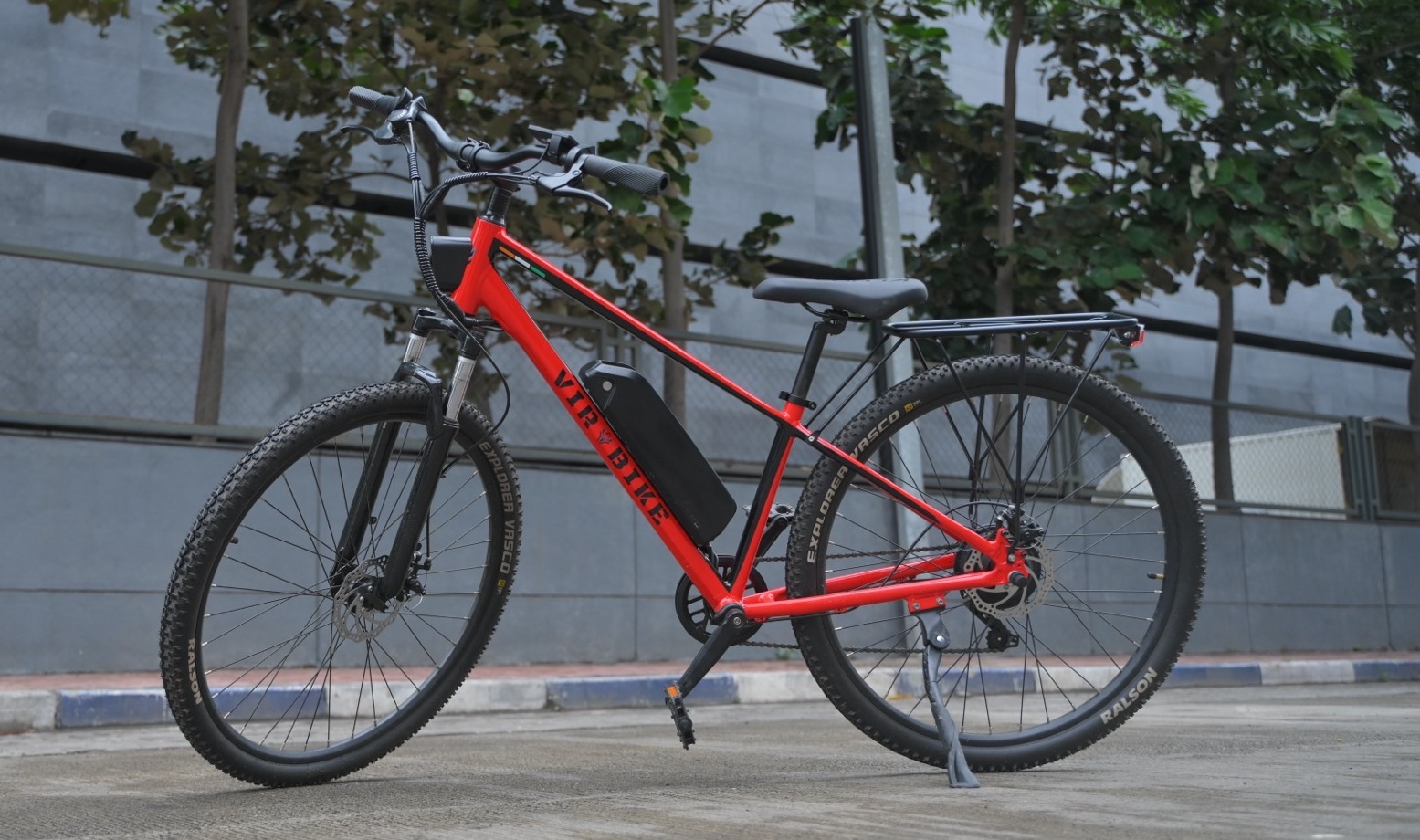 A. The idea for the V4 Trooper actually came from something very ordinary but memorable. I watched a mother in Pune try to wrestle her child’s cycle into an auto-rickshaw. She was half-laughing, half-frustrated, and said to me, “If only this folded!”
A. The idea for the V4 Trooper actually came from something very ordinary but memorable. I watched a mother in Pune try to wrestle her child’s cycle into an auto-rickshaw. She was half-laughing, half-frustrated, and said to me, “If only this folded!”
That moment stuck with me. It made me think about how so many people in India live in cramped spaces like hostels, tiny flats, shared paying guest rooms with no parking and no storage. A normal cycle is a challenge.
So we designed the V4 Trooper with that in mind. It folds down small enough to sit in the corner of a room or fit easily in the trunk of a car. We used hydroformed aluminium to keep it strong but light, because people have to carry it upstairs or move it around in crowded spaces.
The battery is detachable for a reason too. Most of our customers don’t have fancy parking with charging outlets. They can pop the battery out and charge it in the kitchen or next to their bed.
It’s also perfect for intermodal commutes. Take the metro for most of the journey, then unfold the Trooper and ride the last mile home. It’s designed for India’s actual commuting patterns and not an idealised version, but the real, messy, practical reality.
Q. What have been the biggest challenges so far, and how have you tackled them?
A. There have been plenty of challenges some expected, many not. One of the hardest moments I remember was when a shipment of controllers got stuck for weeks. Our assembly line sat idle. Every day, our workers would ask, “Kab shuru hoga?” ("When will we start?"). It felt like the whole team was watching me for answers I didn’t have.
That stress is part of the founder journey people don’t always see. Supply chains in India can be unpredictable, and during COVID it was even worse.
We realised blaming suppliers wouldn’t help. So we decided to invest in our own quality control lab. It wasn’t cheap, but it meant we could test every part ourselves. If something failed, we’d know before it reached the customer. It slowed us down at first, but it saved us from losing trust.
Another big learning was how much we needed other founders. I’ve swapped supplier lists, warned friends about bad vendors, even vented over chai with people who really understood. That startup community, that unspoken pact to help each other survive. It’s saved us more times than I can count.
Q. With your background in retrofitting petrol bikes, how do you see electric mobility evolving in India? Where’s the biggest opportunity?
A. When I was tinkering with retrofits in my garage, EVs felt like this niche curiosity fun for techies and enthusiasts. Honestly, it seemed like a hobby for people with disposable income.
But now, that’s changing fast. Electric mobility isn’t elite anymore. It’s essential. Fuel prices, pollution concerns, and the sheer stress of city commuting are forcing people to look for alternatives.
What excites me most is how universal the need is. In cities, students and gig workers want something cheap to run, easy to park, and reliable. In semi-urban and rural areas, farmers and shopkeepers want low-maintenance options that don’t require expensive fuel or complicated servicing.
E-cycles fit that gap perfectly. They don’t need licenses. They don’t need fancy charging stations. They can work on narrow lanes, village roads, and crowded city streets alike. That’s the opportunity building a truly democratic mobility solution that doesn’t care about your income, your postcode, or your access to infrastructure.
Q. How important are partnerships with governments, local bodies, and academia to grow micro-mobility in India?
A. This is something I feel strongly about: you can’t just sell a bike and expect people to ride it. You have to build the world around it.
Our Cycling Cities Initiative was our way of committing to that. I remember sitting in crowded community halls with municipal officers, local dealers, even traffic police. We’d spread out big maps on the floor and literally sketch where cycle lanes could go. It wasn’t always easy. There were arguments, jokes, real talk about encroachments and politics. But that’s how real change happens.
We also work with universities to research how people actually move. It’s one thing to guess what commuters want. It’s another to see the data on where and why they give up cycling. Those insights shaped our choices like foldability for intermodal trips or Type-C connectors for easy repairs.
Local NGOs have also been incredible partners. They help us run workshops on safe riding, environmental benefits, and even basic cycle maintenance. Because selling a bike is easy. Building a culture of cycling that takes a village.
Q. How do you see VIR Mobility contributing to India’s net-zero goals while reshaping commuting habits?
A. We’ve always said VIR stands for Vehicle Innovation for Responsibility. Responsibility isn’t just about emissions. It’s about the entire lifecycle.
Yes, our e-bikes replace fossil-fuel scooters in villages and cars in cities. But if they break after a year and end up in landfills, what have we really solved? That’s why we focus so much on repairability and recyclability. We want bikes that last, that can be fixed in local workshops, that don’t become e-waste so quickly.
But even beyond the product itself, there’s behaviour change. We want cycling to be seen not as a last resort, but as a smart, aspirational choice. Because at the end of the day, net-zero targets aren’t achieved by policies alone. They’re achieved when millions of people make small daily choices that add up.
If we can make it normal or even cool for a student to choose an e-cycle over a scooter, that’s fewer emissions, less traffic, and better health. That’s our real contribution: making sustainable commuting not just possible, but desirable.
Q. As someone who chose entrepreneurship over a safer path, what advice would you give young innovators trying to build for impact?
A. Entrepreneurship isn’t easy. I’ve had nights where I couldn’t sleep because I didn’t know if we’d make payroll. I’ve spent weeks chasing suppliers who went silent after taking an advance. I’ve had moments where I genuinely wondered if we were crazy to try this.
My first piece of advice? Don’t romanticise the struggle but don’t fear it either. It’s part of the deal.
Second, listen deeply. Not to investors or social media hype, but to the people you want to serve. Sit with them. Ride with them. Hear what they love and what frustrates them. The best products come from that humility.
Third, go slow. I know the world rewards speed and scale, but real change takes time. It’s better to have 100 customers who truly need you than 10,000 who don’t care if you exist tomorrow.
Finally, be okay with failing. I’ve failed more times than I care to count. But if you’re solving something real, that matters to you and your community, you’re already ahead. The rest is just part of the story.




 A. VIR Mobility really grew out of our own lived experiences and frustrations. All three of us grew up in Army cantonments and rural Konkan, where even going 4 to 5 km for school or essentials was a real challenge especially for girls and the elderly. We saw how the lack of safe, dignified transport limited choices and opportunity.
A. VIR Mobility really grew out of our own lived experiences and frustrations. All three of us grew up in Army cantonments and rural Konkan, where even going 4 to 5 km for school or essentials was a real challenge especially for girls and the elderly. We saw how the lack of safe, dignified transport limited choices and opportunity. A. The idea for the V4 Trooper actually came from something very ordinary but memorable. I watched a mother in Pune try to wrestle her child’s cycle into an auto-rickshaw. She was half-laughing, half-frustrated, and said to me, “If only this folded!”
A. The idea for the V4 Trooper actually came from something very ordinary but memorable. I watched a mother in Pune try to wrestle her child’s cycle into an auto-rickshaw. She was half-laughing, half-frustrated, and said to me, “If only this folded!”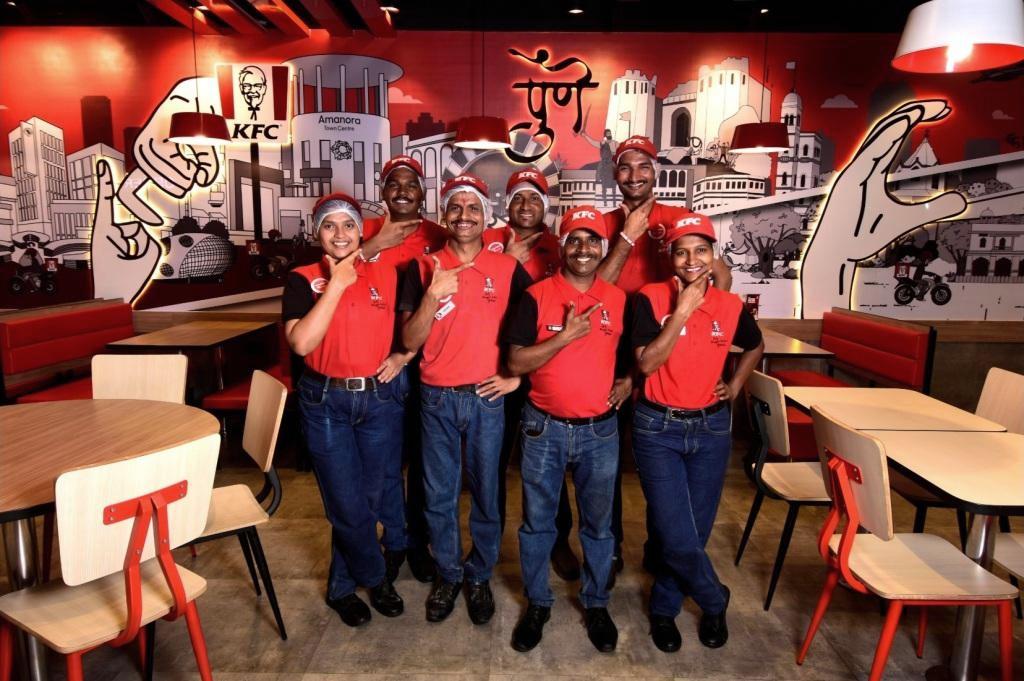

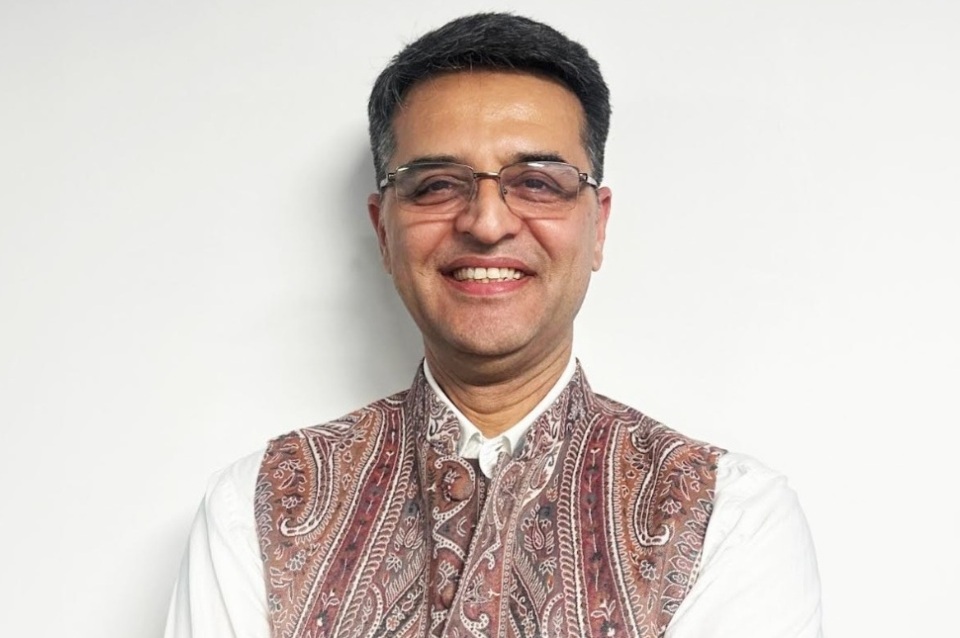
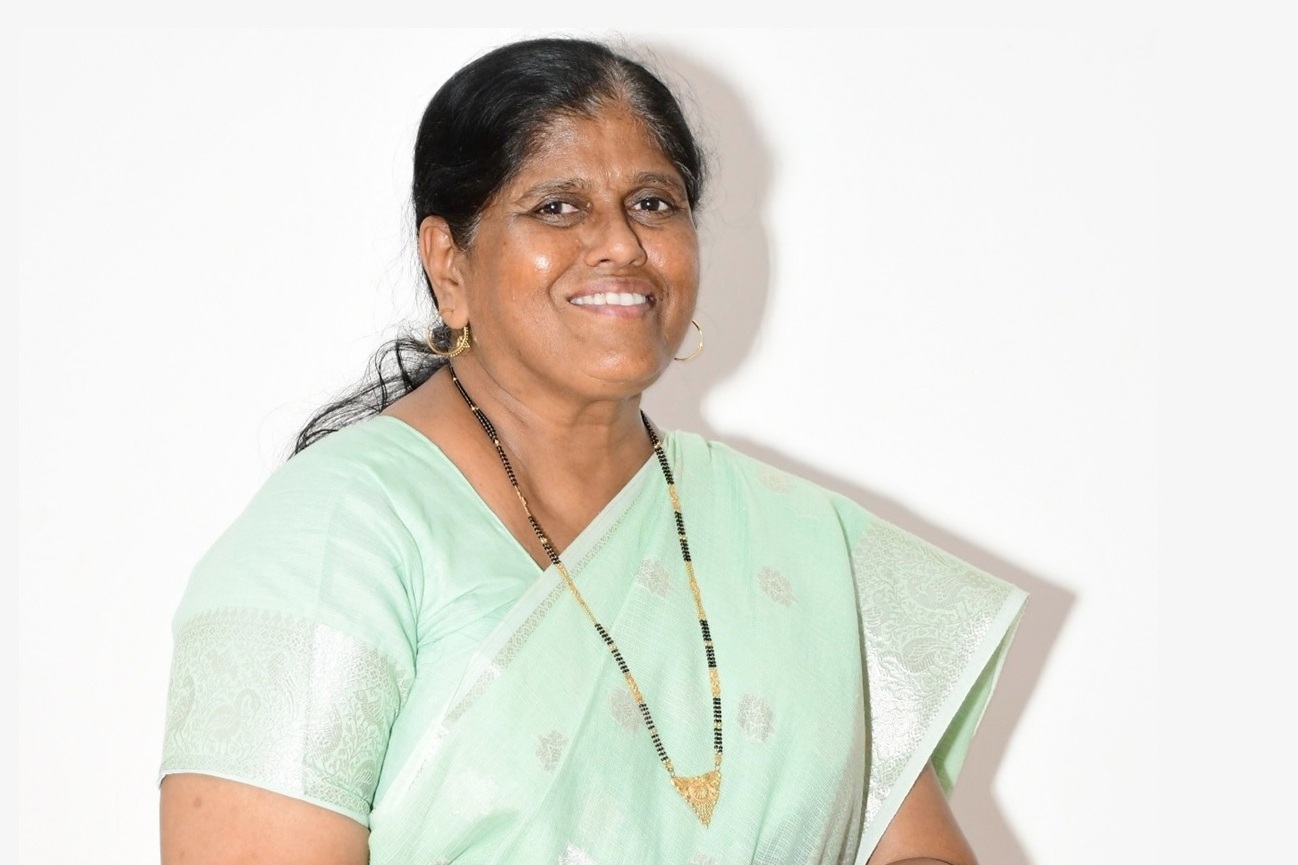



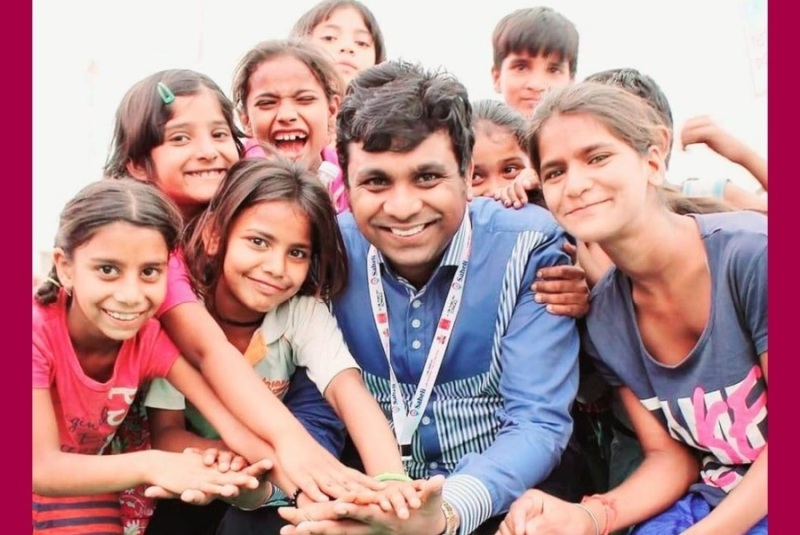
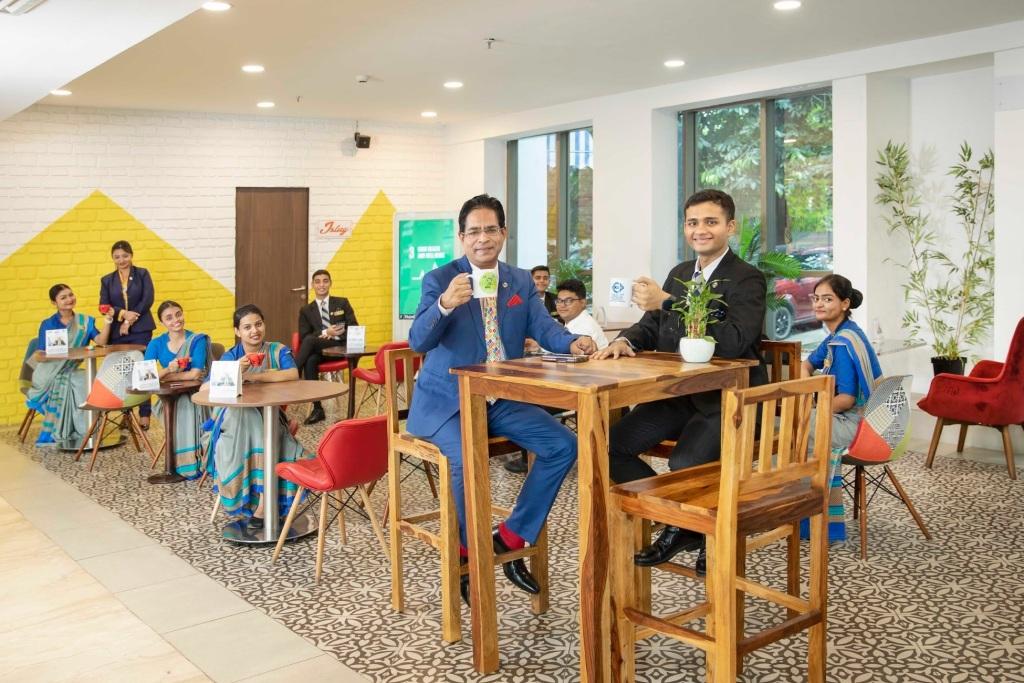
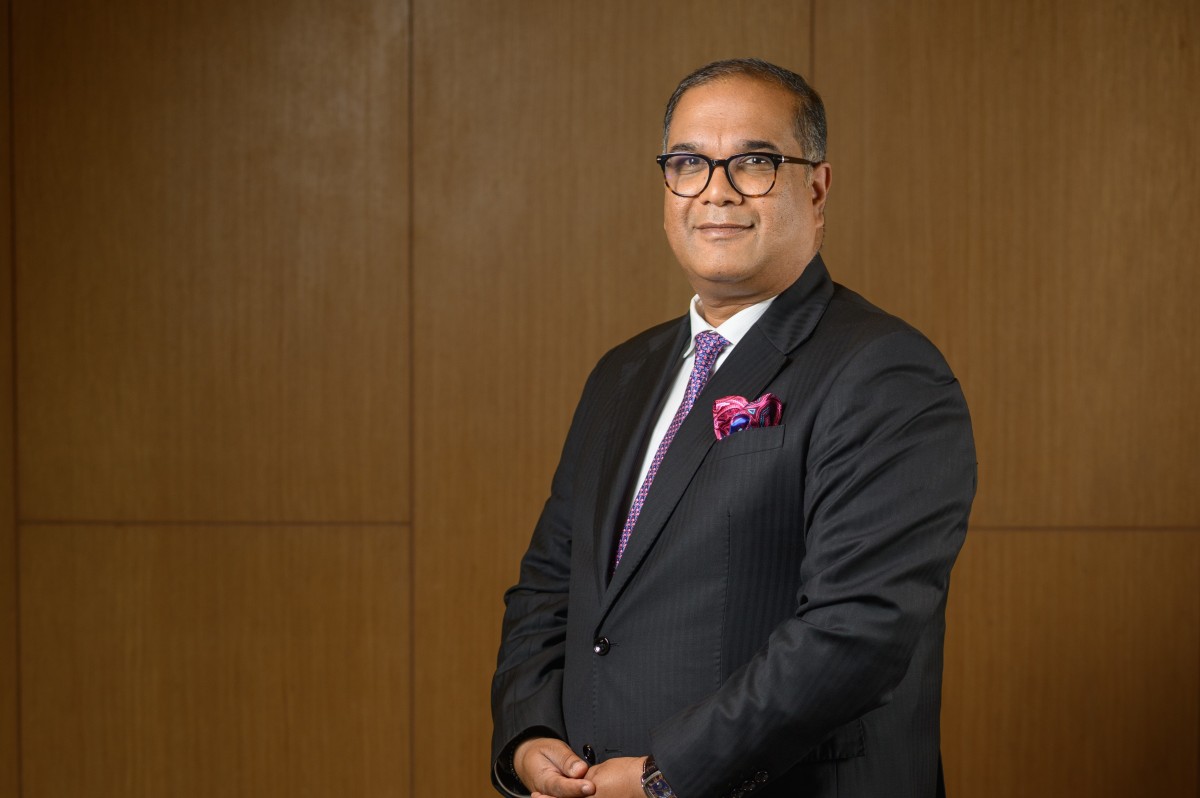
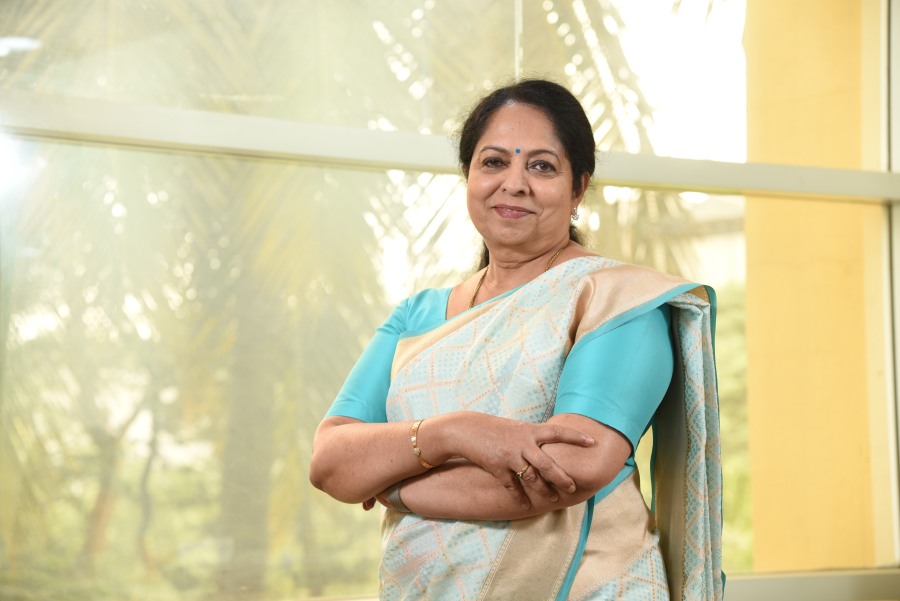
.jpg)




